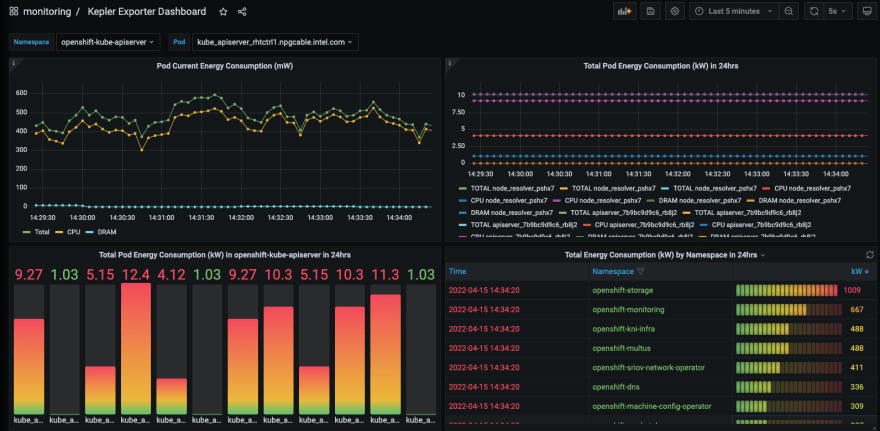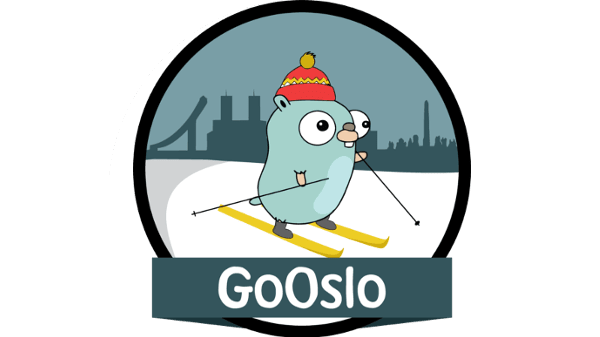![Go: Around The World - Oslo, Norway - Climate Action and Consultancies]
Hei! Welcome to the 2nd article in the Go: Around The World series, where I look at the many gophers, places and projects that make up this wondrous world. Today we’re going to be visiting Norway! Oslo, Norway, if you somehow reached here without looking at the title.
Our special guest today is: Marta Paciorkowska (mastodon, website). Starting as a self-taught Ruby developer with a background in climate activism and NGO work, Marta moved to trialing out different languages, such as Go, and worked her way up to becoming a site reliability engineer.
Although she currently does not use Go in her day-to-day work (that may change soon), it still holds a level of place in her heart as she is now one of the lead organizers for the Go Oslo User Group and helped with its recent post-pandemic reboot.
So, what did we talk about?
Climate Action & Go!
I initially wanted to get in touch with Marta as she was a fellow meetup organizer in a country I’d never visited before. However, as I learnt more about her work towards building climate awareness, I realized I wanted to hear about ways, as a software engineer, I could help. Until this point, it had never crossed my mind that I could.
“I type code on a keyboard to run things, so unless I’m working for a company that’s specifically about addressing climate change directly, I doubt I’ll be able to affect much.” - Me. In da past.
I don’t doubt there are many people who feel demoralized with this topic. It's large, intimidating, easier-to-ignore and no matter how many plastic cups you don’t use it still feels like the world is doomed. Dooooomed!
Wrong! Take heart, because there are millions of people working towards getting the world on the same page and each voice is important and each action matters, including yours.
Marta’s talk ‘Making our Applications Greener’(transcribed version) was an excellent introduction to me on this topic and getting me into the correct headspace. She introduced me to the Green Software Foundation and the power you, as an engineer, may hold in your organization. As an example, where you host your data and the electrical efficiency of your services.
I’d never framed my perspective that way. I know ‘the cloud’ isn’t in the clouds, but each of those data centers that host your code are being powered by electricity and that electricity has to be generated from somewhere.
Look, I know that sounds obvious, but hear me out. Have you, person reading, consciously looked into where your data centers or cloud providers get their energy from? Have you ever thought about picking or moving to one that uses sustainable energy? Or, like me, is this the first time that possibility entered your head? I didn’t even know that was an option. I never even checked! The idea literally didn’t cross my mind until this chat.
& Go…?
Ever heard of Kepler? Marta explained it as, “A Prometheus metrics exporter written in Go that uses eBPF to read kernel statistics and estimate the actual electricity usage of your pods or nodes.”
As someone who knows some of those words, I believe it allows you to monitor the energy consumption of your services. It was built by Sustainable Computing IOand looks pretty cool. Unfortunately, I’ve never dabbled in DevOps or Site Reliability, but it seems quite plug-in-and-playable. Don’t quote me on that though.
_(Picture taken from the Kepler Github Repository) _
Now obviously, I don’t expect you to go away and try to migrate all your services at once to a sustainable data center, or rewrite your services so they consume less energy, but similar to the way Marta and many others started working with Go, you could take small itty-bitty steps!
Marta’s Go journey started with writing a small service in Go instead of Java. Then slowly, over time, and with a bit of advocacy, there was a shift in culture and Go became more widely adopted at the company.
If you’re looking for direction on the smallest possible steps here are a few cool links that Marta shared with me:
- Created the Software Carbon Intensify Specification. A set of guidelines on how to write carbon-efficient software.
- Have a free language-agnostic course on the Linux Foundation’s website that introduces these concepts. Takes around half a day to go through it and Marta highly recommends it for all developers to do.
- Have a Slack, and it is a good networking tool. It gathers many specialists and activists that are on the edge of technology and climate.
Try not to see your actions as an attempt to change the entire world, but your small part of it. If you stare too much at the big picture, you may find you haven’t moved at all. If you can stoke the discussion and get those small wins, they could grow to where your company and community takes things a bit more seriously.
London Gophers Versus Go Oslo User Group. Ready…? Fight!
Funnily enough both of our meetups had similar origin stories. Beginning in 2018, Go Oslo User Group started as a low-threshold hackathon with around 20 people that slowly built to a consistent 40-60 people and grew to have talks and venue sponsors.
I was not there for the beginning of London Gophers in 2013, as I believe I was 13 at the time (ok, ok I was 17, fight me), but the origins were around about the same! However, between our two groups there are some differences.
Norway has a smaller tech scene, but the tech they are working on is on the same level as everywhere else. In terms of population, Oslo is around 600k people, whereas London is around 9 million.
Marta described Go Oslo User Group’s recent post-pandemic reboot as a ‘reunion’. Many of the same faces returned. It seems a smaller scale can help make people more personable and open. You have time to talk to most of your attendees and members are more visible. It’s easier for people to ask questions and think about ideas for talks and share them with the community, as there is less pressure. It’s as if you're simply talking to friends, instead of other ‘professionals’
Could this feeling of ‘togetherness’ be an echo of the larger Norwegian tech scene? It’s smaller, so it seems as if everyone knows each other. Compared to London the entry point in Oslo isn’t graduate schemes or junior positions within a company, it’s consultancies. You’d typically start out at a consultancy and then eventually move to becoming an in-house employee.
Because of this, you end up seeing the same people as you move from one position to the next and interacting with future or past colleagues more frequently. Which, using a cynical eye, may encourage people to not burn too many bridges and focus on collectively working together?
I wonder if I could bring Go Oslo User Group’s sense of tight-knit community to London Gophers or is it something that becomes difficult the larger you get? When I was an attendee pre-pandemic, (back when attendance reached 200+) I remember latching onto a handful of people and didn’t try to expand further than that.
Perhaps what we could do as a larger community is highlight the smaller ones around the UK, or host smaller sessions that could help build up the personal relationships and connections among members of our community?
Right now I’d say if you were new to the Go community and wanted to do a talk, it feels like the vibes of the Oslo meetup might fill you with more confidence to put yourself forward compared to London Gophers. Definitely something I want to think about and improve.
The Importance of Community For Growth
There was one other aspect of Marta’s journey that resonated with my own. The value attributed to Community. When it comes to building your confidence, sharing your ideas and finding out about different opportunities, community is Queen. From the beginning of her journey she’d attended a local Ruby meetup and upon starting work, Marta gave her first tech talk within 3 months. She’s been a constant and active part in several communities.
Marta’s experience with the Chef community (Chef is a configuration management tool, similar to Kubernetes), is one that she describes as incredibly welcoming and was crucial to her building a network that got her to where she is today.
On CVs, most people don’t have things that enable them to stand out easily, such as being a speaker or presenting at conferences, as well as managing an effective and welcoming community.
My journey echoes this. I can directly attribute much of my growth to the communities I’ve been a part of. And as it’s almost Christmas, I’ll include my mother in there too.
Thank you, Marta!
We’ve reached the end of the article and although I did miss a couple things that were mentioned during the interview, such as the Norwegian Police having an IT department that uses Kubernetes(Google Translate may help you here), I thoroughly enjoyed my time talking to Marta and would like to thank her again for coming along for a little chat!
I hope you all enjoyed learning a little bit about Oslo, Norway, and one of the many unique and interesting gophers that live there. As well as some of the ways in which you may be able to help out with climate awareness.
Thanks for reading!
You can follow Marta Paciorkowska on: (mastodon, website) and if you want to know when the next article in this series will be you can follow me on: (mastodon, linkedIn)
Resources
Marta’s Talk: Making our Applications Greener










Top comments (0)